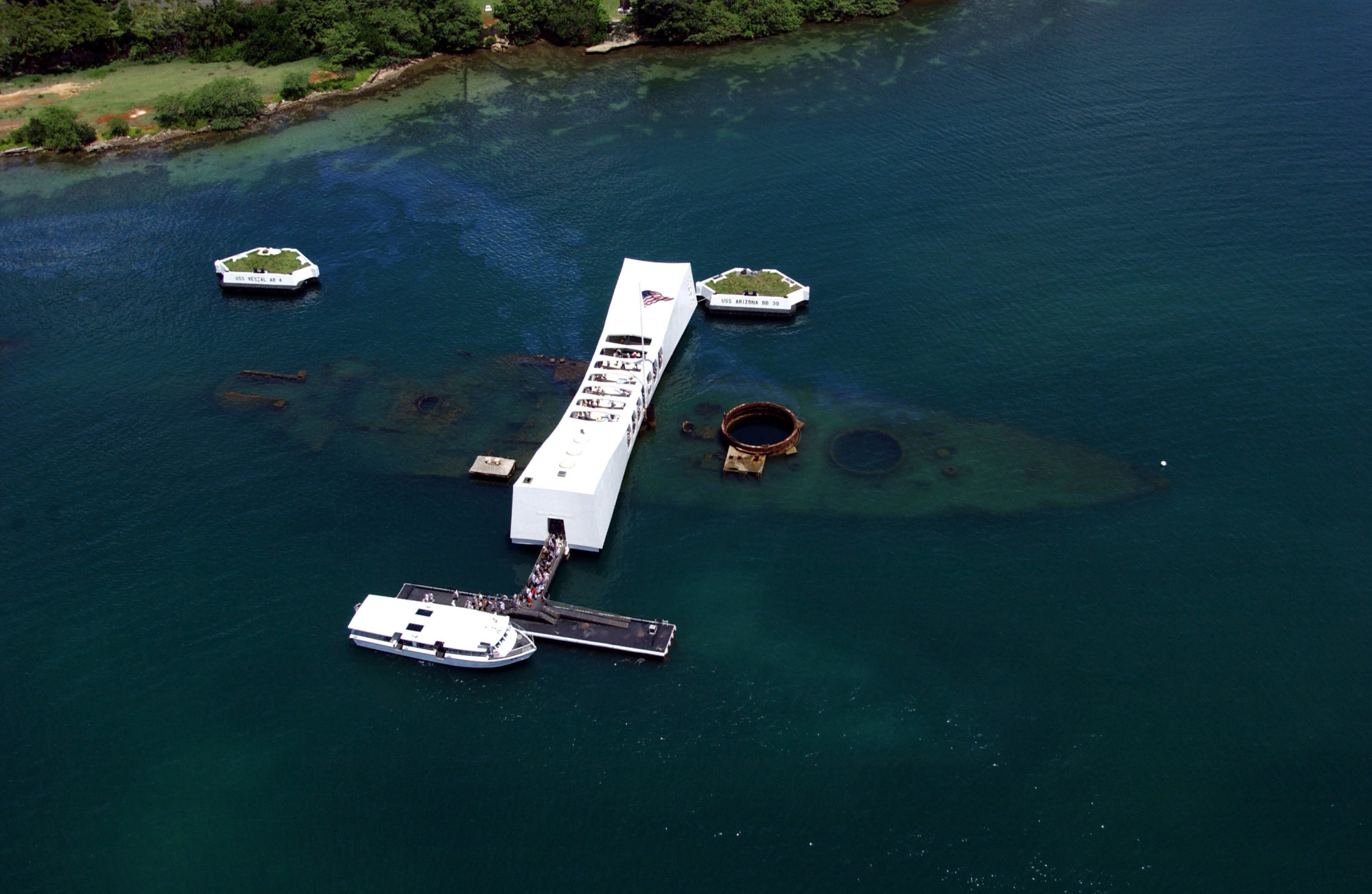In May, U.S. President Barack Obama became the first sitting U.S. president to make a historic visit to Hiroshima, the city that became the birthplace of the age of nuclear warfare. It should come as no surprise that Japan's prime minister, Shinzo Abe, is scheduled to make a reciprocal gesture of reconciliation this week, possibly making him the first sitting Japanese prime minister to visit the USS Arizona Memorial.
So far, however, news coverage in Japan has been disappointingly spotty, partly because the story has been eclipsed by the usual year-end roundups, interspersed with breaking news stories: the Osprey crash in Okinawa and resulting blowback; the terrorist incident in Berlin; heavy pollution in Beijing; and President-elect Donald Trump's latest tweet.
In December, the January 2017 issue of prestigious monthly magazine Bungei Shunju was released with a 13-page essay by history critic Masayasu Hosaka titled "Pearl Harbor: The true nature of the blunder." Though written long before the announcement of Abe's upcoming visit, it nonetheless provides some scholarly insights into how Japanese reacted to news of the attack 75 years ago.



